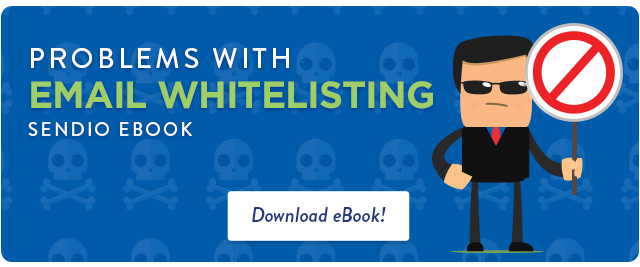When organizations implement spam checkers, they might think the tools are similar to bodyguards who can effectively sort out the loyal patrons from the undesirables. Unfortunately, when it comes to these filters, it appears those bodyguards often slip away from their posts.
Although they’re designed to stop unwanted mail from arriving in email inboxes, most spam checkers have a number of issues that make them far less effective than enterprises and individuals need, causing work slowdowns and lost productivity as a result. Here’s where they go wrong:
1. Overzealous blocking based on keywords
No one wants messages that are obvious spam, with phrases like “Work From Home!” or Click Here!” But what if you receive an email from your boss, letting you know that she’s planning to work from home and that you need to “click here” to open the incredibly important sales document you have to present at the morning meeting? Many spam filters weigh a number of factors and then assign a message a score based on that criteria. But some are weighted too heavily by key phrases and terms that do show up in spam, but also might be in messages you need to get.
2. Aggressive content-based filtering
Because such a deluge of spam is created by people (or programs) that don’t have English as a first language, many email spam checkers use content-based filtering to determine what’s junk and what’s valuable. But in the non-spam world, there are many individuals and companies that correspond with people around the globe. Even native English speakers might be challenged to use perfect grammar and spelling, and some are enthusiastic enough to include numerous exclamation points in their emails. Many spam checkers would wrongly identify these messages as spam and keep them from being delivered.
3. Preventing opt-in messages
Bulk senders often have difficulty with spam checkers, even when their recipients have opted in for the communications. That’s why you’re likely to get a message from newsletter creators asking you to check your spam settings if you signed up to get regular communications and they’re not coming through. That’s a fine tactic if you’ve just signed on for one newsletter or blog, but what if you’ve hoped to get numerous sources of information streaming into your email so you can be current on a specific topic? Spam checkers aren’t discriminating when it comes to opt-in messages versus unwanted emails.
4. Don’t play well with firewalls
Even if a spam checker is fine-tuned enough to recognize legitimate emails, many tools don’t have high interoperability with firewalls that are used by ISPs, large corporations, small businesses, and individuals alike. That means the bodyguards are at war with each other, instead of acting together to keep the unwanted visitors out of your club.
How it affects you
The simple fact is that email mismanagement can be costly for an enterprise, and when email spam checkers fail, it doesn’t just create a hassle, it causes an expensive chain of events that can slow down any business. Employees spend more time clearing inboxes, and data storage capacity is maxed out with unwanted messages.
Even worse, if a spam checker falters, then it puts an organization at risk for major security issues, especially at a time when new email phishing threats are cropping up. Individuals and enterprises can even be put at risk for ransomware and other major security threats.
When considering how to reduce spam and have an effective email filtering service, find out more about how Sendio can handle spam the right way.Learn more about taking back your inbox here.

